
Stage 5 (April – August 2015)
The last project stage was used to assemble the manufactured mechanical components, adjusting them when necessary. In laboratory environment system geometry adjustment tests were done and appropriate methodology composed. A test version of control electronics assembly was put together and used for estimating performance parameters of positioning system. Then a permanent control assembly was manufactured and assembled, necessary power and signal cables made and their connection plugs/sockets installed.
Implementation of control software functionality was finished. Interaction tests with controlled hardware units un between modules were performed, adjusting software when necessary. Technical descriptions of software functionality were made.
Finally, to estimate technical performance parameters, experimental observations were done. Within Latvian University Science Administrative Capacity Improvement project, an observation platform and dome on top of Fundamental Library building is being constructed. It should be ready about the end of 2015. Therefore, it was decided, that our instrument must be tested in a temporary field location, without installing laser ranging equipment for it is huge and need solid fundament. Instrument was moved and installed at the beginning of August. Fair weather conditions of August allowed to effectively complete installation, mount geometry adjustment and a number of test observation sessions. Technical parameters of system were estimated, mount axes orientation acquired, a huge amount of data for mount error model calculations obtained. Analysis of data suggests that what we have is close to expected – optical systems and CCD matrix ensure up to 14th star magnitude for 0.2 second exposure. Positioning system shows accuracy within one arcminute before mount error model adjustment. Amplitude of mount deformations before software compensation is up to several arc minutes. Astrometry module can do frame processing in automatic mode, including contrast enhancement, star image recognition and identification with reference catalog stars, astrometric position calculation. Duration of the whole process is typically up to several seconds. Resulting frame position accuracy is within a few tenths of arcsecond (rms of residuals). At least 5 reference star images and initial position accuracy comparable with frame size (~0.3 dg) are necessary for automatic mode.
Also satellite tracking mode was tested. Positioning system ensures interception and tracking of satellites. However, a problem was found with primary axis oscillations at high tracking speed. Several avenues are possible for eliminating of this problem, including optimization of tracking parameters, adjusting of motor performance (step size, current level), modification of mount elasticity.
Altogether, the technical objective of project is achieved (despite ludicrously short duration of project for such goal) – we now have a new astronomical device, capable of both laser ranging and positional observations. To fully use it’s capabilities, still we have to wait until dome is installed and control room prepared in the new site. This should occur about the end of 2015.
The issue of the social objective of the project – creating a new group of scientists - is more complicated. The group is created, researchers established in their formal positions, their tasks successfully completed. They, in principle, should continue to work in this status after the end of project. Academical positions for that are intact, but the issue of finance sources is completely unclear. In situation, when practically all funding of science is done on basis of project mechanism (the miserably small base funding is being almost completely redirected to co-finansing of projects), it is never clear, what will happen when a project ends. Generally, there is some possibility that a new project will be secured, but it is never for sure. In our case situation is especially nasty - project rules for the new ERDF planning period are not yet established and are not expected before the end of 2015, meaning start of new projects (if any) not before end of 2016. So at least one year of earning subsistence elsewhere…
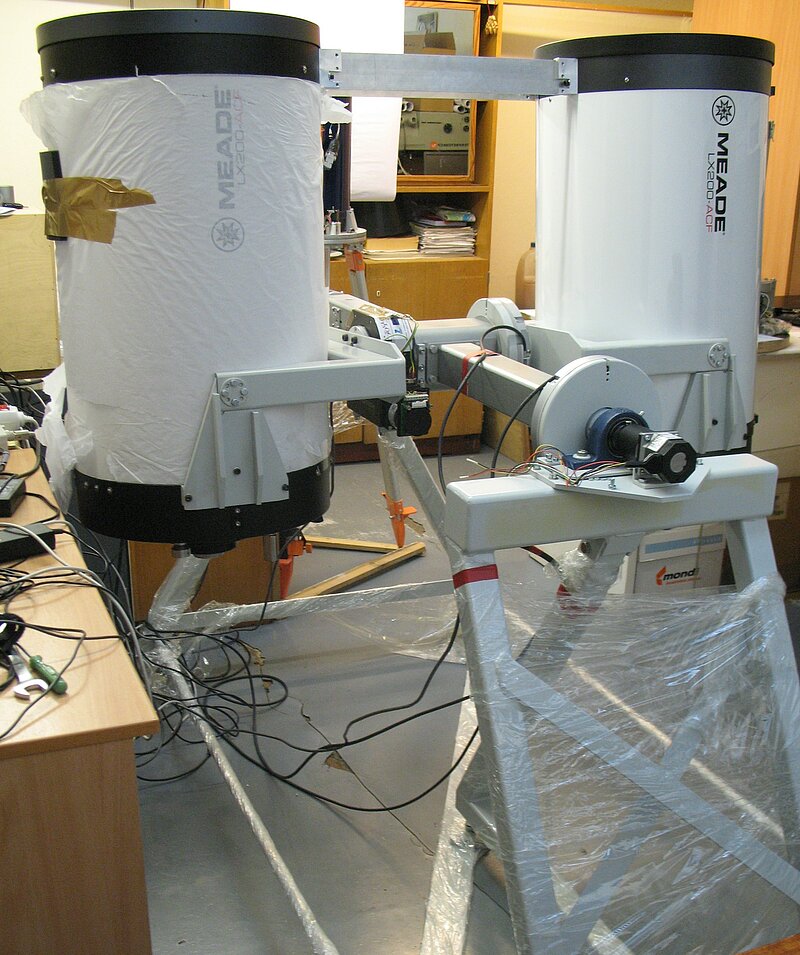
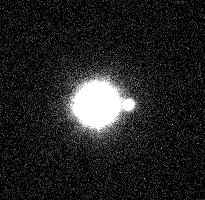
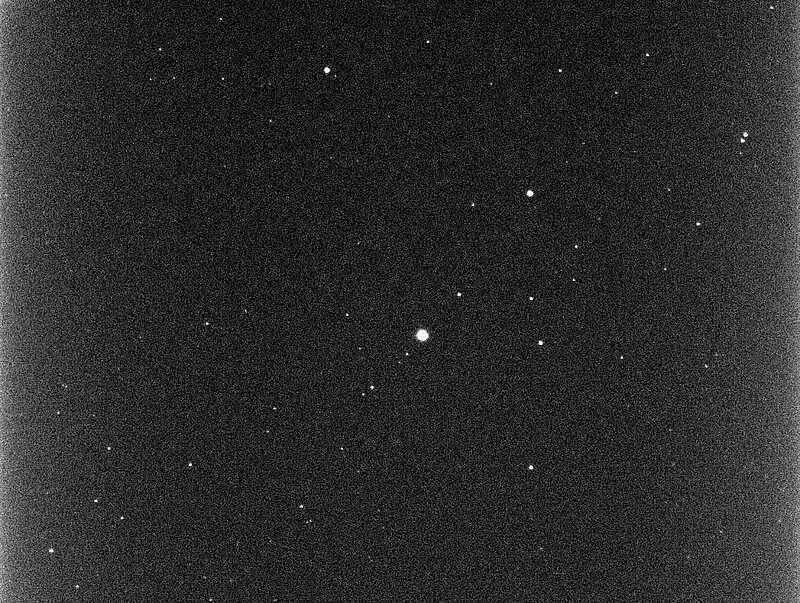
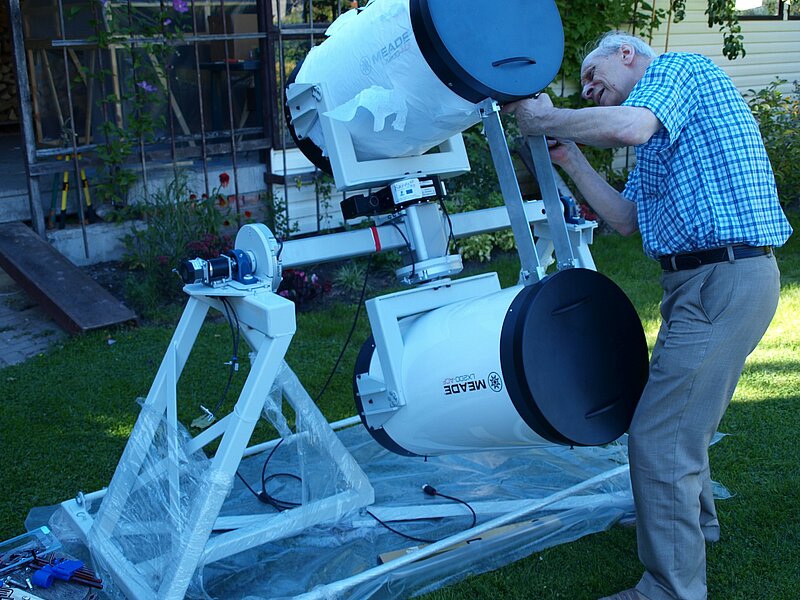
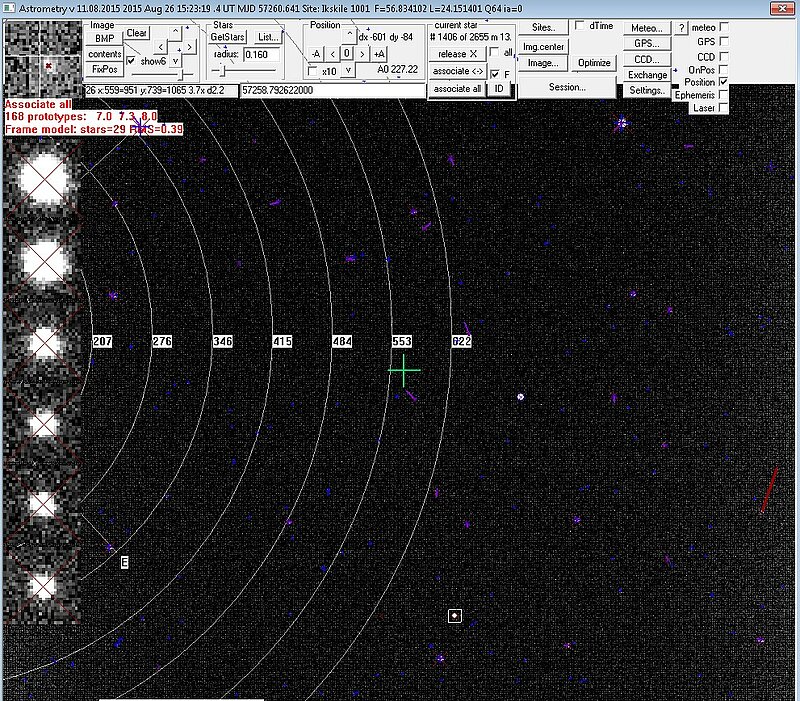

 Academic Centre
Academic Centre